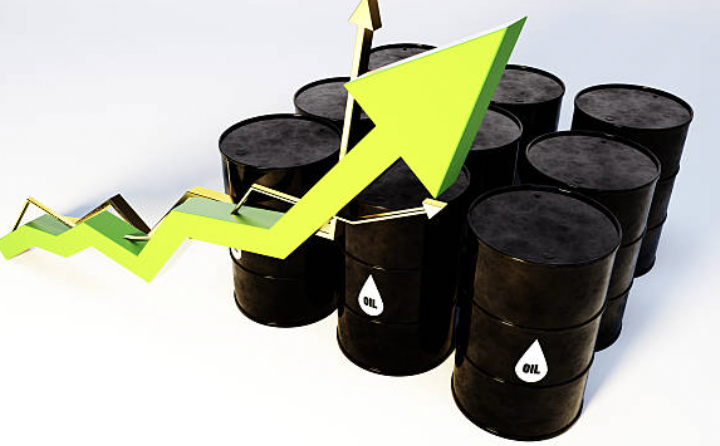
Drake Hampton
Apr 15, 2022 10:39
USD/CAD fell in response to the Bank of Canada's decision. Benchmark yields increased further as investors digested rising inflation and hoped for a peak. Gold and silver prices continue to act as a hedge against inflation in the face of mounting inflation fears.
Oil prices fell as supply issues remained unresolved. While global supply is tightening in anticipation of a possible Russian oil shutdown, the EIA announced last week the proposal for member states to release strategic reserves.
Retail sales in the United States climbed by 0.5 percent in March, and 6.9 percent year over year. Gas station revenues increased the most, as retail sales are not inflation-adjusted. This compares to a 6.4 percent decline in internet sales.
Initial jobless claims increased to 185,000, up 18,000 from the previous week. Despite the fact that export prices climbed faster than import prices, the US trade imbalance widened. Imports have been impacted by inflation, with prices increasing by 2.6 percent and 12.6 percent month over month.
The USD/CAD exchange rate has remained relatively stable as investors await critical US data that would affect the dollar. The Bank of Canada's hawkish tone bolstered the Loonie and contained losses, while lower crude oil prices weakened the Loonie and limited gains.
Resistance is located near the 1.266 50-day moving average. Support is located near the 1.256 ten-day moving average. The short-term momentum shifted to the upside when the fast stochastic crossed above the buy signal. The medium-term momentum is bullish, since the MACD line generated a buy signal upon crossover.
When the MACD line (the 12-day moving average minus the 26-day moving average) passes the MACD signal line, this scenario occurs (the 9-day MA of the MACD line).



Apr 18, 2022 09:56